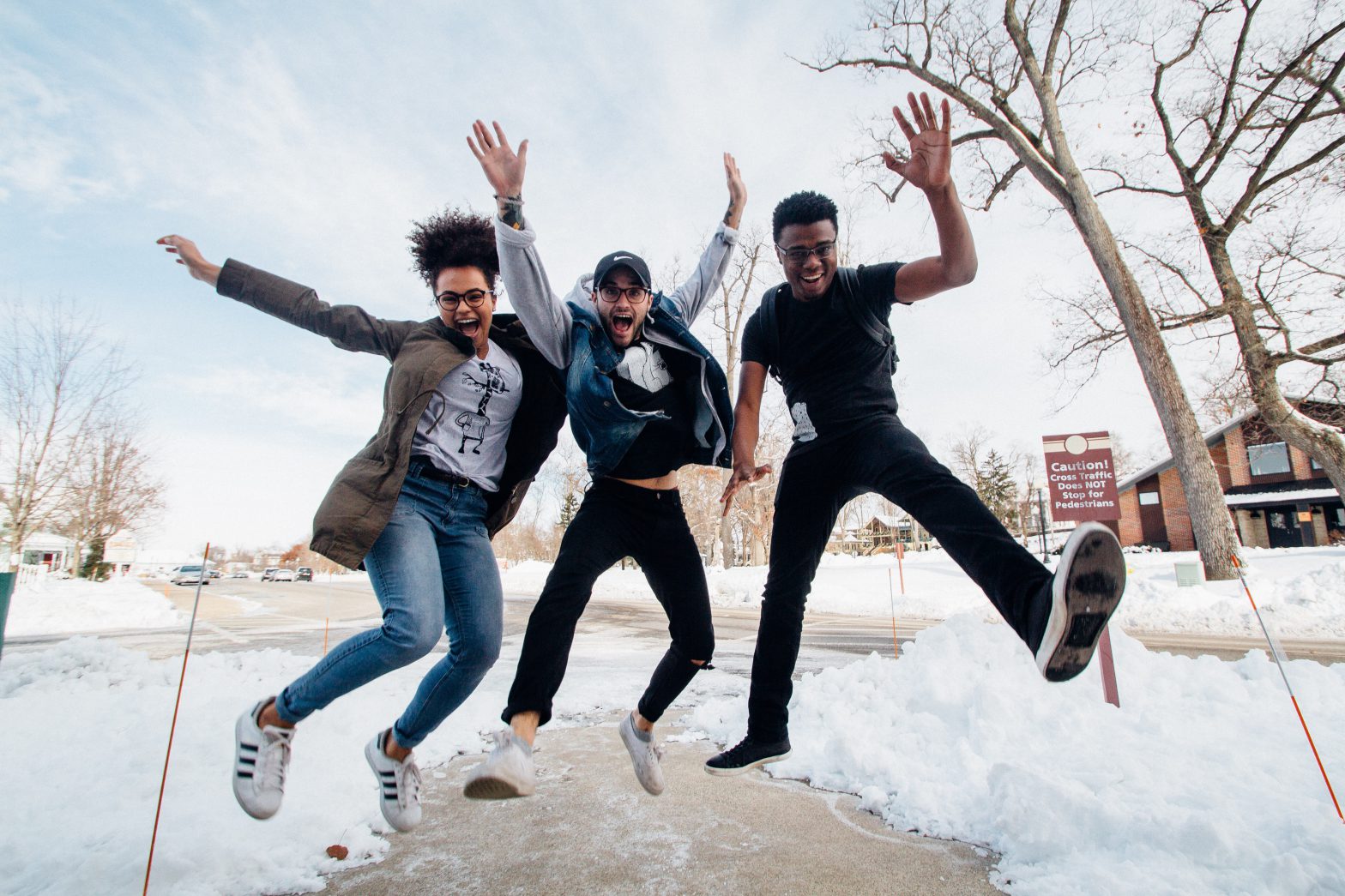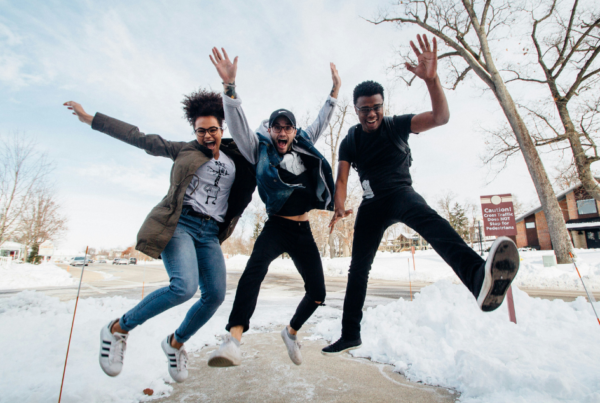
I recently had the pleasure of speaking at the 2018 Grantmakers for Education Conference in San Diego, California along with TPI’s Managing Partner, Leslie Pine. The theme of this year’s annual gathering was “The Equity Journey: Investing in the Whole Learner.” Having had the honor of working with funders who support youth work in and out of the classroom, we were thrilled to host a session called “Advocacy, Activism & Expression: Empowering Student Voice and Action.” Our goal was to provide a snapshot of how TPI works with funders and donors to take a big idea like supporting “Student Voice” and think through their primary goals and intended impact, and how to achieve these. Every funder’s interests are different and there are endless possibilities for how a funder could participate in the education ecosystem.
The session was intentionally designed to highlight the experiences of youth themselves. An often-repeated saying at the GFE conference is, “Nothing about us, without us,” so it was important for youth to have a seat at the table – figuratively and literally. As examples of the great work being done in this field, we were joined by program leaders and student participants from Big Picture Learning (Dennis Littky and Giana Fenske*) and the Sadie Nash Leadership Project (Chitra Aiyar and Erina Caulfield*).
In reflecting on what our speakers shared during the session as well as what I heard throughout the conference, I noticed several themes about best practices in the work of supporting young people. Some of these are relevant in every area of philanthropy, and I think they are worth sharing.
1. Supporting Life-long Learning for Youth
For many young people, the secret sauce in transformative educational experiences is the presence of a caring adult to serve as a listening ear, teacher, and mentor. During our session, Erina spoke about her appreciation for her Sadie Nash Program Coordinator, and how the lessons she’s learned have prepared her well for college. Many speakers at the conference shared the importance of non-academic supports that enable students to effectively learn – something we have seen proven true time and again through the different college success programs that TPI manages as part of our program design and management work.
Another key element of success is the application of knowledge to lived, real-world experience. Both Giana and Erina spoke about the benefits of learning the history, language, and tools needed to digest their experiences in the world around them. At the same time, opportunities to apply what is learned in the classroom out in the “real world” are highly valuable. Giana shared her excitement about her internship with the American Civil Liberties Union (ACLU) and the experience of working with a photographer. Having experiences to apply in-class learning and explore career pathways can add so much depth to the educational experience.
2. Prioritizing Participation and Collaboration
Many sessions at the conference highlighted programs where practitioners, researchers, and funders collaborated around a joint vision for the youth in their community. For me, one of the most impactful conversations of the conference was a quick debrief with Chitra from Sadie Nash after our session. She spoke of her organization’s thoughtful efforts to live their values in supporting young people, and their efforts to give youth a seat at decision-making tables throughout their organization. This was a reminder that youth-serving organizations are constantly thinking about the best ways to support their young people and how to address their ever-changing needs.
For funders, there is an opportunity to not only back the creative, supportive work of these organizations but also to learn about the field overall from these on-the-ground experts. Nonprofit organizations are banks of knowledge and expertise in their field, and conversations between funders and organizations can enable funders to learn from their work and greatly strengthen the impact of giving as well as the grantee/donor partnership overall.
3. Remembering the Value of Storytelling
As our amazing speakers shared their experiences, I looked around the audience to gauge their reactions. As the students in particular spoke, I saw attendees physically leaning in to catch every word. Their experiences provide the clearest picture of the impact of the programs they’ve been a part of, and thus the impact of grants made by funders. Recognizing that this element of our session captivated the audience the most, I was reminded of the power of storytelling in realizing the impact of our philanthropic activities.
I’ll admit that I have a mild obsession with storytelling podcasts, and I’m starting to understand why. Whether the story has a happy or tragic ending, there is something so powerful in not only hearing the story arc but seeing the silver linings, the nuances, and the unintended consequences (both positive and negative) of actions by everyday people. We want to understand not only what happened, but how those who were impacted perceived it and how it has shaped their lives.
Data and evaluation certainly have a place in strategic philanthropy. The passion that drives us to act, to make bold choices, to change behavior, however, is not typically ignited by numbers on a page. Instead, these daring decisions and creative visions are fueled by the narratives we hear.
—
As I reflect on the work to craft our session at the GFE conference, I gleaned some important lessons about youth-serving philanthropy. As adults, we often feel the need to step in, explain, and provide context to the young people in our lives. The first instinct when crafting a conference session is to plan every second of it in great detail, my thought being that I can control my nerves over hosting a session by planning it into submission. When the day of our session arrived, however, a detailed agenda was not needed. The only preparation our student speakers needed was to know what broad questions they would discuss, and how much time they would have. Giana and Erina were excited to speak, and their calm, confident, positive energy had a powerful effect on everyone in the audience. Their incredible presence drove home the biggest lesson of all for me: Without the space, both physical and metaphorical, for young people to express themselves, we’ll never see how much young people can do.
*Pseudonym used to protect identity


